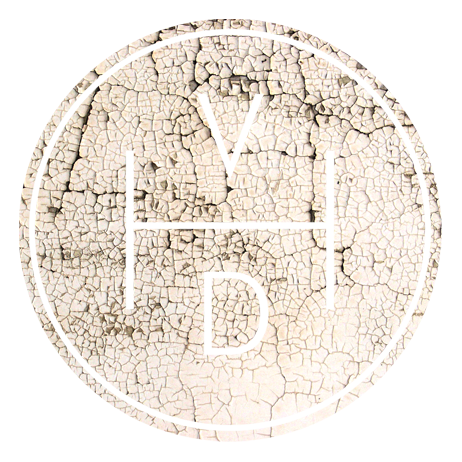Cooking Bannock
Living in a city (a small one none the less) I rarely get chance to have a fire and it just didn't feel right making my first bannock without one. Fortunately I was invited to New Hampshire to make maple syrup. This was the perfect excuse to try out my frying pan bread skills.
Bannock is an easy to make, no nonsense bread. Although it has Scottish roots it was also a favorite among native Americans as well as hikers, woodsmen and outdoors types. I came across a great number of recipes online and in various publications, they all have a similar base with other flourishes. The most detailed documentation was in Bradford Angier's "Home in Your Pack."
Angier's basic recipe and his method are as follows.
“One cup flour
One teaspoon baking powder
One fourth teaspoon salt
Mix these dry ingredient if starting from scratch, taking all the time you need to do this thoroughly. Have the hands floured and everything ready to go before you add liquid. Make sure your frying pan is warm and greased.
Working quickly from now on, stir in enough water to make a firm dough. Shape this, with as little handling as possible, into a cake about an inch thick.
Lay the bannock in the warm frying pan. Hold it over the heat until the bottom crust forms, rotating the pan a little so the loaf will shift and not become stuck.
Once the dough has hardened enough to hold together, you can turn the bannock. This, if you’ve practiced a bit and have the confidence to flip strongly enough, can easily be accomplished with a slight swing of the arm and a snap of the wrist. Or you can use one of the plate from your cooking outfit, sliding the bannock onto this and reversing the frypan over the plate and turning both together.
When is the bannock done? After you’ve been cooking for them a while, you will be able to tap on one and gauge this by the hollowness of the sound. Meanwhile test by shoving in a clean straw or sliver. If any dough adheres, the loaf needs more heat. Cooking can be accomplished in about 15 minutes.”
I made a double batch and also added: fresh blueberries, 3 tablespoons of butter and an extra pinch of baking powder. These are all Angier's recommendations for a tastier loaf.
Bannock Ready To Eat
I cooked exactly as advised and the results were fantastic. Crusty and toasted on the outside, fluffy in the middle with small blueberry explosions. Awesome with a little butter and some maple syrup. Looking forward to experimenting with different flavors. Cheese and olive spring to mind.


